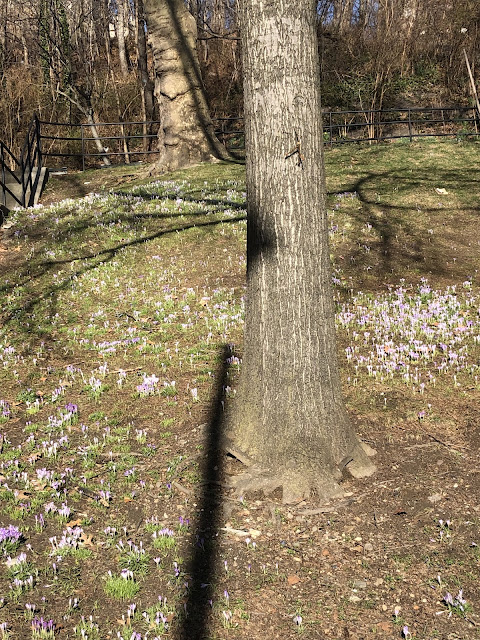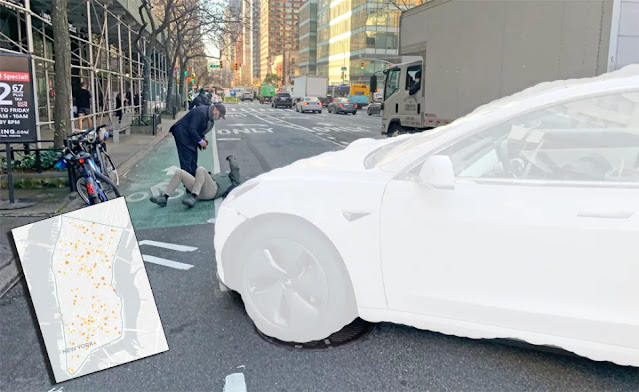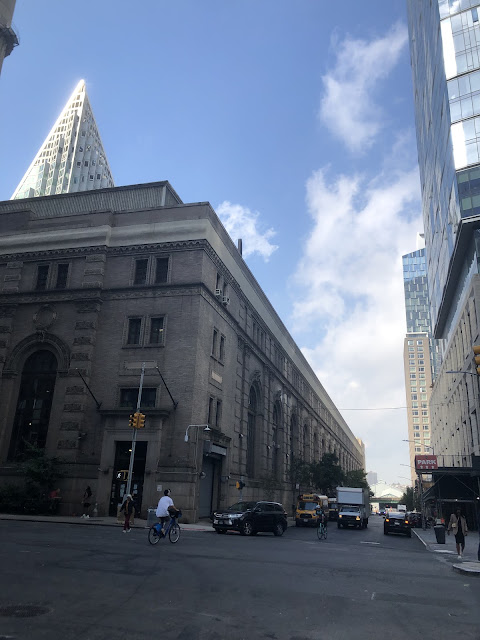They prevent injuries. They save lives. But do they stop people from riding?
In some cases, the answer could be "yes," at least in the case of eBikes in public share programs like Citibike. That is a conclusion drawn from a number of studies in the decade or so since eBikes have proliferated on the streets of New York and other cities.
And that is the rationale behind the opposition to Assembly Bill 590, sponsored by Amy Paulin (D) of Westchester County. If passed, it would require 16- and 17-year-olds in New York State to wear helmets when riding pedal-assisted (Class 1) or low-speed throttle-controlled (Class 2) eBikes.
 |
| From the Streetsblog photoshop desk. |
In addition to the studies, what evidence exists for the fear that a helmet mandate would deter riders? Well, under the laws of New York City--which has, by far, the largest bike and eBike share program (Citibike) in the US, no one over the age of 13 is required to wear a helmet. And Citibike allows anyone over 16 to rent an eBike.
But it's not only Citibike and other eBike sharing programs that provide the opposition to Bill 590 and similar proposals. Members of racial, ethnic, sexual and gender minorities are also against them. They cite, among other things, incidents that led Seattle to repeal its helmet requirement three years ago. Edwin Lindo, who identifies as Central American Indigenous, cited statistics from the city's Municipal Court showing that 17.3 percent of summonses for not wearing helmets were issued to Blacks, who represent only 4.7 percent of the city's cyclists. The numbers for Native American and Alaska Native cyclists were 1 and 0.5 percent, respectively.
In other words, there is the fear that a new helmet mandate will not only deter young people, but also members of "minority" groups--and low-income people--from using eBikes, or even regular bicycles, because it will "invite cops to target youths, particular those of color," according to Amy Sohn in Streetsblog NYC.
Proponents of the new bill, on the other hand, see the potential for preventing injury or even saving lives as outweighing other concerns. "My only concern is for the safety of the people riding the bikes," declared Assembly Transportation Committee Chair William Magnarelli, a Democrat from Syracuse. While not citing them directly, he said that studies indicate an alarming rise in severe injuries among eBikers. One such study, published last year in the Journal of the American Medical Association, reported a 49-fold increase in the number of head injuries among eBike riders from 2017 to 2022. Some of that rise is of course attributable to the dramatic growth in eBiking, especially in the early part of the COVID pandemic (2020-21). But another, more troubling reason is this: Ebike riders, at least in the US, are far less likely to wear helmets than their counterparts on traditional pedal bicycles.
And, in my own observation, here in New York City, a great many of those bareheaded eBikers are delivery workers--nearly all of whom are immigrants and/or people of color.
































.jpg)










